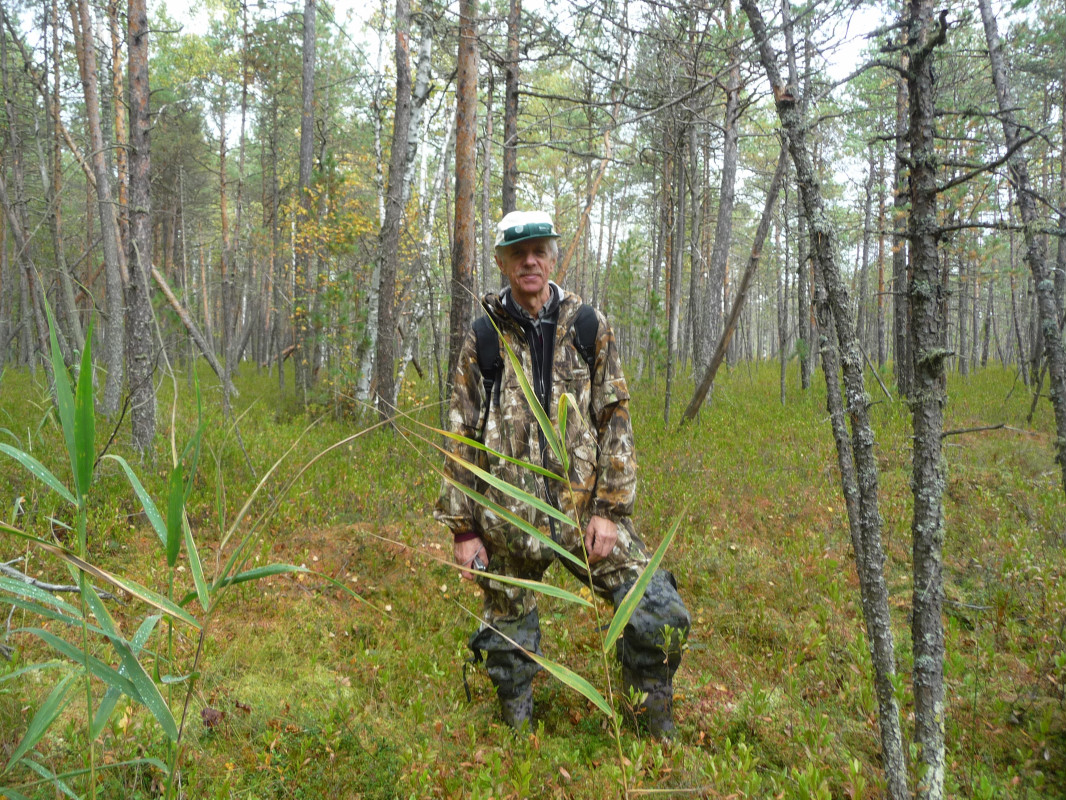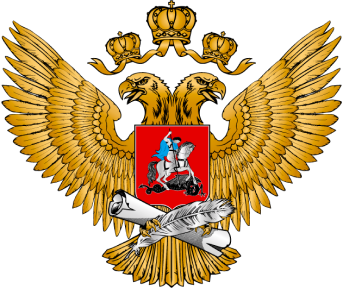В лабораторию прибыл профессор Лех Шайдек (Польша)
С 6 по 19 сентября в лабораторию Агроэкологии по договору о научном содружестве прибыл профессор Лех Шайдак из НИИ экологии, сельского и лесного хозяйства Польской АН.

Это известный ученый, имеющий более 450 публикаций, в том числе многочисленные монографические сборники. Он побывал на всех стационарах ТГПУ и принял участие в организации новых пунктов исследований. В этом году к нему обратились из США с просьбой о написании монографии. Ниже приводится описание монографии в оригинале.
The book will focus on the impact of different long-term cropping systems and tillage on the biologically active substances “allelochemicals” of a well-known and unknown structure in soils. The negative effects of continuous cropping (decreased crop yields in the fields in which the same plant species have been grown continuously) are known. There are also indications that in soil under continuous cropping of rye, phenolic acids and other phytotoxins accumulate and inhibit the development of cultivated plants. The following cropping systems will be described in this new proposed book, (i) Continuous cropping of rye, (ii) Crop rotation, (iii) No tillage, and (iv) Conventional tillage.
The book will have two sections:
SectionI.Soil Allelochemicals of known structures:(Amino acids, enzymes, auxines, phenolic compounds, phytohormones, ).
Section II. Soil allelochemicals of unknown structures: Analytical methods to separate and identify humic and fulvic acids using spectrofotometric UV-VIS, thermal and electron paramagnetic resonances methods.
The book aims to provide simple step by step methods in soil chemistry and biochemistry oriented to allelopathy research, so that the Researcher/Graduate students could conduct research independently. Each Chapter consists of: (i) Introduction, (ii) Brief theory related to research methods, (iii) Description of the most representative experimental methods on a given topic, (iv) Experimental details of each method [Viz., (a) Principle, (b) Instruments/Apparatus, (c) Reagents, (d) Procedure/method (Step wise), (e) Observations, Measurements to be recorded, (f) Calculations and (g) Precautions [if any], (h) References]. This book will be helpful to students, researchers and teachers for laboratory practical classes world wide.



